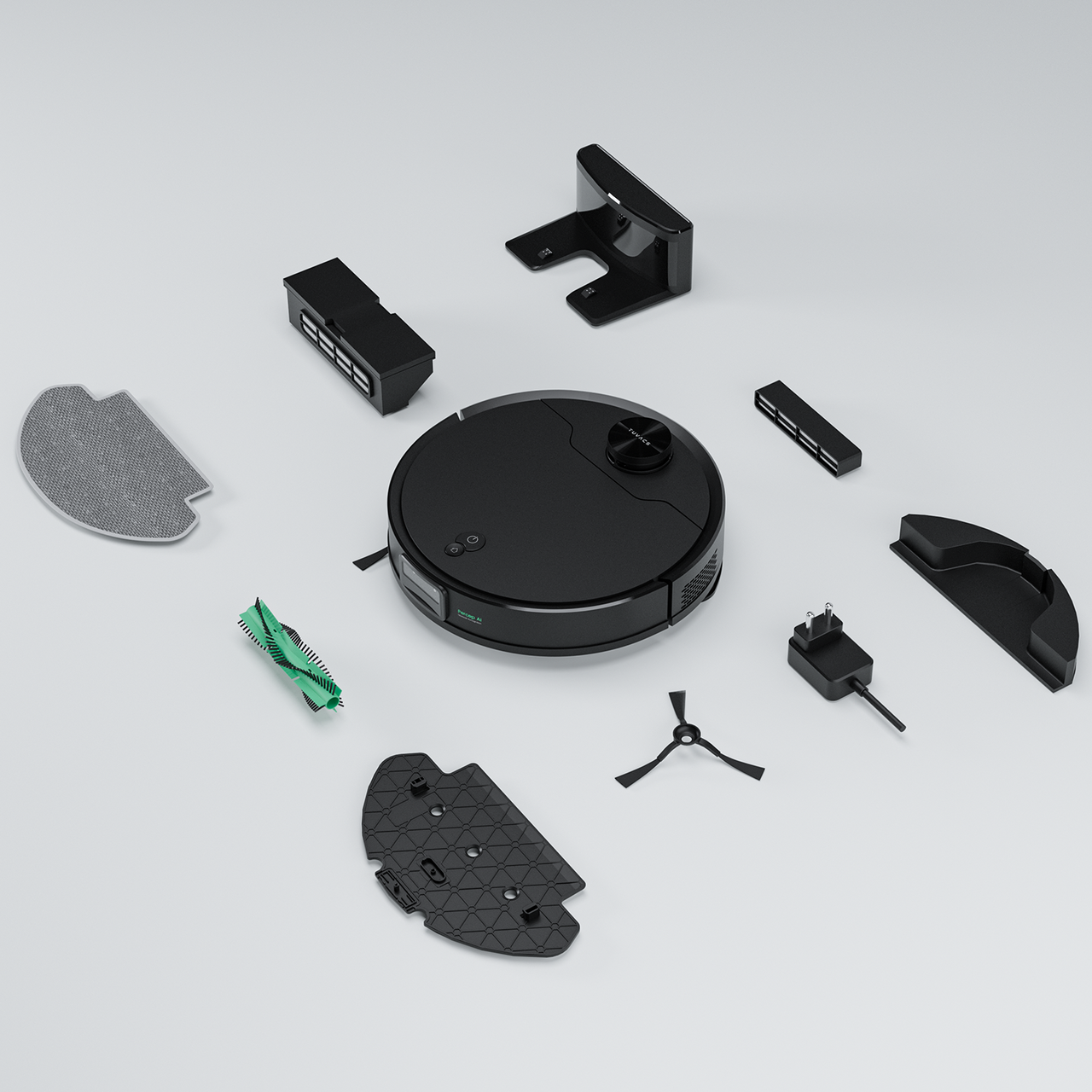In an age where technology seamlessly integrates into our daily lives, house floor cleaning robots stand out as remarkable innovations. These autonomous devices not only promise to alleviate the burdens of household chores but also navigate a complex landscape of legal and regulatory frameworks that govern their use. Understanding these aspects is crucial for consumers, manufacturers, and policymakers alike.
The Legal Landscape Surrounding House Floor Cleaning Robots

House floor cleaning robots are subject to various legal regulations that ensure safety, privacy, and environmental compliance. From data protection laws governing the collection of user information to safety standards mandated by consumer protection agencies, these devices must adhere to strict guidelines. Moreover, in terms of Corporate Social Responsibility (CSR), manufacturers are increasingly held accountable for their products’ impact on society and the environment—encouraging sustainable practices throughout the production process.
The Role of Robot Vacuum Cleaner Apps in CSR
robot vacuum cleaner apps play a pivotal role in enhancing Corporate Social Responsibility initiatives within this industry. By providing users with insights into energy consumption patterns and offering tips for efficient usage, these applications promote responsible behavior among consumers. Furthermore, many apps now feature options for scheduling cleanings during off-peak hours or integrating with smart home systems designed to minimize energy waste—demonstrating a commitment to sustainability while improving user experience.
Tuvacs: A Leader in CSR Practices
Tuvacs exemplifies excellence in Corporate Social Responsibility through its innovative approach towards eco-friendly manufacturing processes and community engagement initiatives. The company prioritizes using recyclable materials in its products while ensuring minimal carbon emissions during production. Additionally, Tuvacs actively participates in local community programs aimed at promoting technological literacy among underserved populations—showcasing how businesses can leverage technology not just for profit but also for societal benefit.
Conclusion
In summary, house floor cleaning robots represent more than just convenience; they embody a convergence of innovation with legal responsibility and ethical considerations under Corporate Social Responsibility (CSR). As we continue embracing automation within our homes, it is imperative that both consumers and companies remain vigilant about the implications surrounding privacy rights, environmental stewardship, and social accountability—all integral components shaping the future landscape of household robotics.

